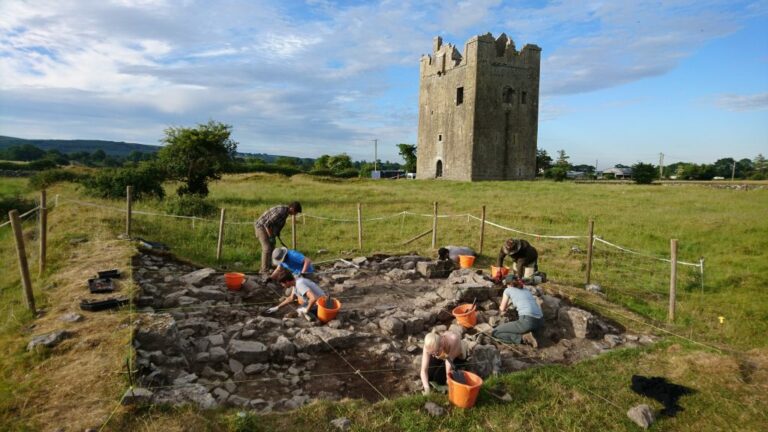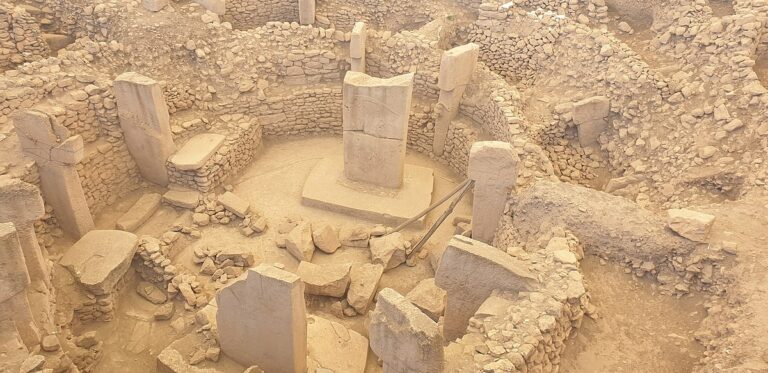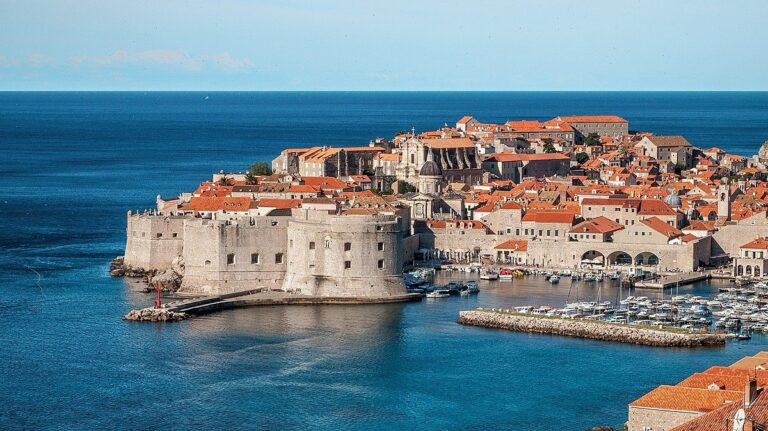The Treasure of Paestum: Italy’s Ancient Gem
Italy is a treasure trove of archaeological wonders, each with its own unique story to tell.
Among the many remarkable sites scattered throughout the country, Paestum stands out as a true gem.
Nestled in the southern region of Campania, this extraordinary archaeological site offers a fascinating glimpse into the ancient world.
Join us on an unforgettable journey as we unravel the significance of Paestum and uncover some intriguing fun facts along the way.
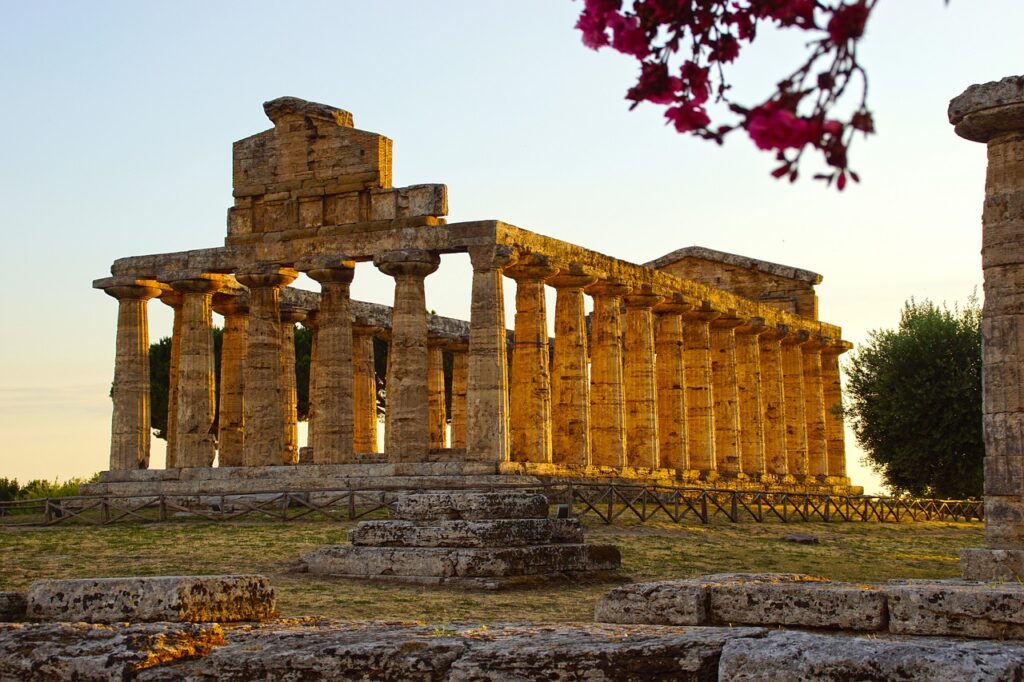
Historical Snapshot
Paestum, founded in the 6th century BC as Poseidonia by Greek settlers, stands as a remarkable testament to ancient civilization.
Flourishing as a vibrant city-state, it thrived in trade, agriculture, and cultural exchange.
However, the city faced a transformation when it fell under the control of the Lucanians and later the Romans.
Despite the changes in rulership, the Greek temples that adorned Paestum were preserved and integrated into the Roman urban landscape, showcasing the significance of their architectural splendor.
Over time, Paestum’s fortunes waned, and the city was ultimately abandoned, gradually succumbing to the passage of time.
However, its magnificence was rediscovered during the 18th-century Grand Tour, capturing the imagination of explorers and artists seeking classical antiquities.
Today, visitors to Paestum are greeted by astonishingly well-preserved Greek temples, providing an immersive experience into the rich tapestry of ancient Greek, Lucanian, and Roman history.
The site stands as a tangible link to the past, offering a glimpse into the cultural exchanges, conquests, and enduring legacy of an extraordinary ancient civilization.
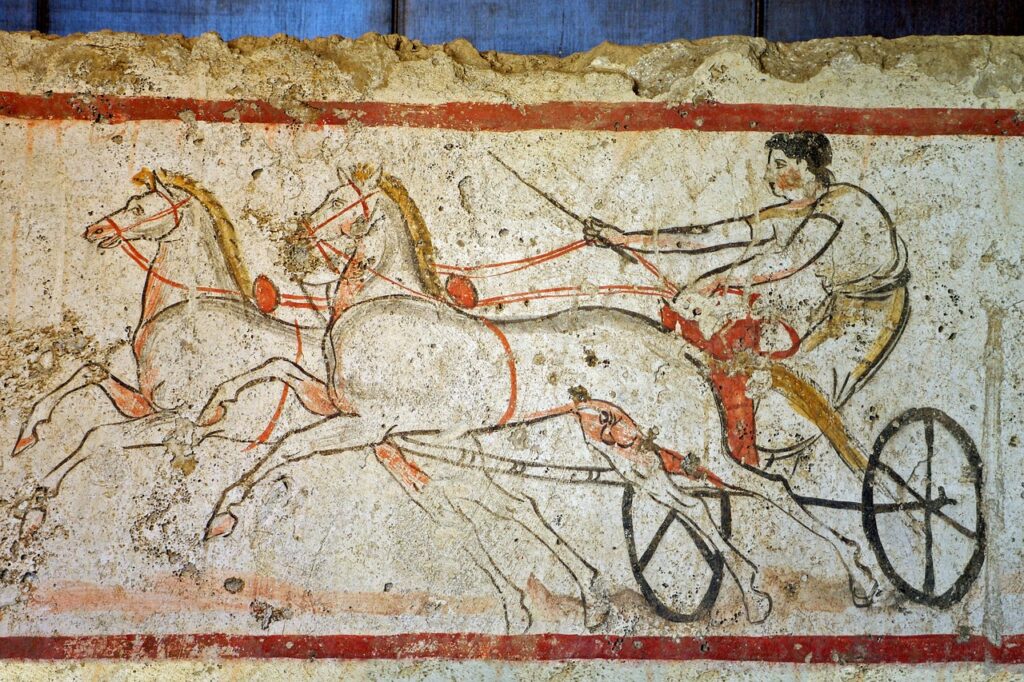
The Significance of Paestum
Paestum’s significance lies in its remarkably well-preserved ancient Greek temples.
These architectural marvels are some of the best-preserved examples of their kind in the world.
The three main temples, dedicated to Hera, Athena, and Neptune, offer a glimpse into the religious and cultural practices of the ancient Greeks.
The Temple of Hera, also known as the Basilica, is the oldest and largest temple at Paestum.
Its grandeur and elegance are a testament to the ingenuity of ancient Greek architecture.
The Temple of Athena, or the Temple of Ceres, is slightly smaller but equally impressive.
Lastly, the Temple of Neptune, with its intricate friezes and imposing structure, is a sight to behold.

This captivating book intertwines the visionary works of Piranesi, the ancient wonders of Paestum, and the architectural genius of Sir John Soane.
Lose yourself in Piranesi’s intricate etchings, where labyrinthine structures and awe-inspiring perspectives come to life.
Explore the remarkably preserved temples of Paestum, delving into the rich history and mysteries they hold.
“Piranesi, Paestum & Soane” offers an immersive experience that transcends the boundaries of time and place.
With evocative illustrations, captivating narratives, and thought-provoking insights, this book will ignite your imagination and leave you inspired.
Embark on a spellbinding adventure that reveals the profound connections between art, history, and architectural brilliance.
Fun Facts
“One intriguing mystery surrounding Paestum’s temples is the absence of metopes—rectangular sculpted panels—on the entablatures.
While it was a common practice in ancient Greek architecture to decorate temples with metopes, Paestum’s temples stand out for their absence.
The reasons behind this peculiarity remain unknown, adding an air of mystique to the site.”

“Apart from its ancient treasures, Paestum is also renowned for its roses.
Every spring, the city hosts the “Festa delle Rose,” a vibrant celebration where the streets are adorned with colorful roses and locals gather to honor this fragrant flower.
This delightful tradition adds a touch of romance to the already enchanting atmosphere of Paestum.”

“Paestum is not only famous for its archaeological wonders but also for its culinary delights.
The surrounding region of Campania is renowned for its buffalo mozzarella, a creamy and delectable cheese made from the milk of water buffaloes.
Visitors can indulge in this mouthwatering delicacy at the local trattorias, savoring the flavors of the land that has been cherished for centuries.”

“Among the numerous burial sites at Paestum, the Tomb of the Diver stands out as an exceptional discovery.
This small, unassuming tomb offers a unique glimpse into ancient Greek funerary art.
Its walls are adorned with vivid frescoes depicting a young man diving into the sea—a symbolic representation of the transition from life to the afterlife.
This artwork provides valuable insights into ancient Greek beliefs and customs.”
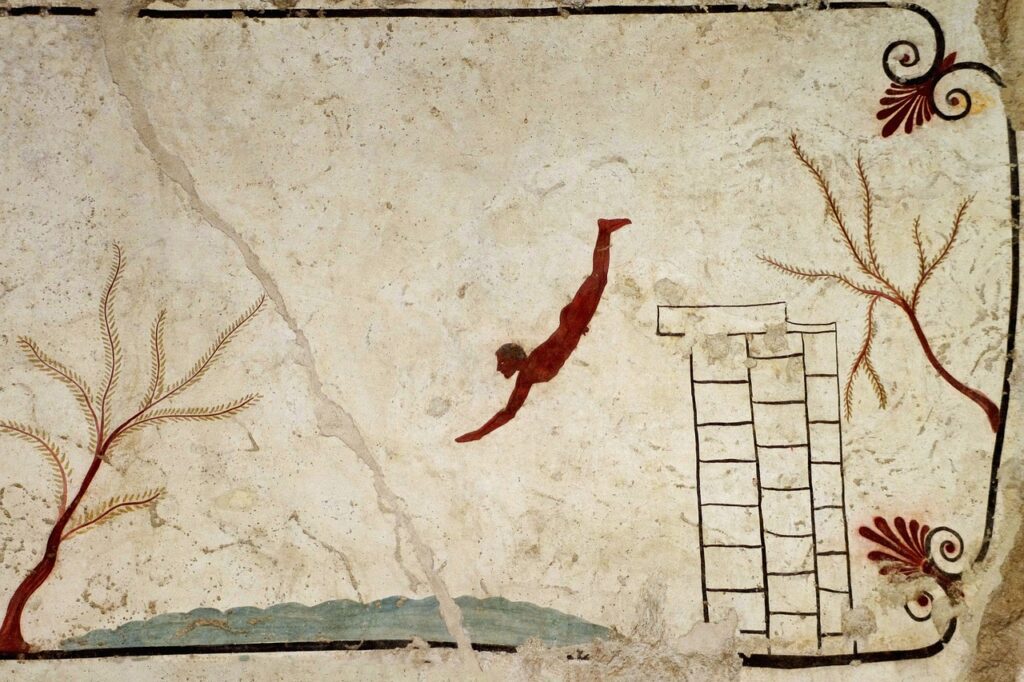
“Paestum’s archaeological site not only houses temples and tombs but also a well-preserved ancient amphitheater.
This theater, constructed in the 3rd century BC, once served as a venue for dramatic performances and gladiatorial contests.
Today, visitors can explore this amphitheater and imagine the grand spectacles that once unfolded within its walls.”

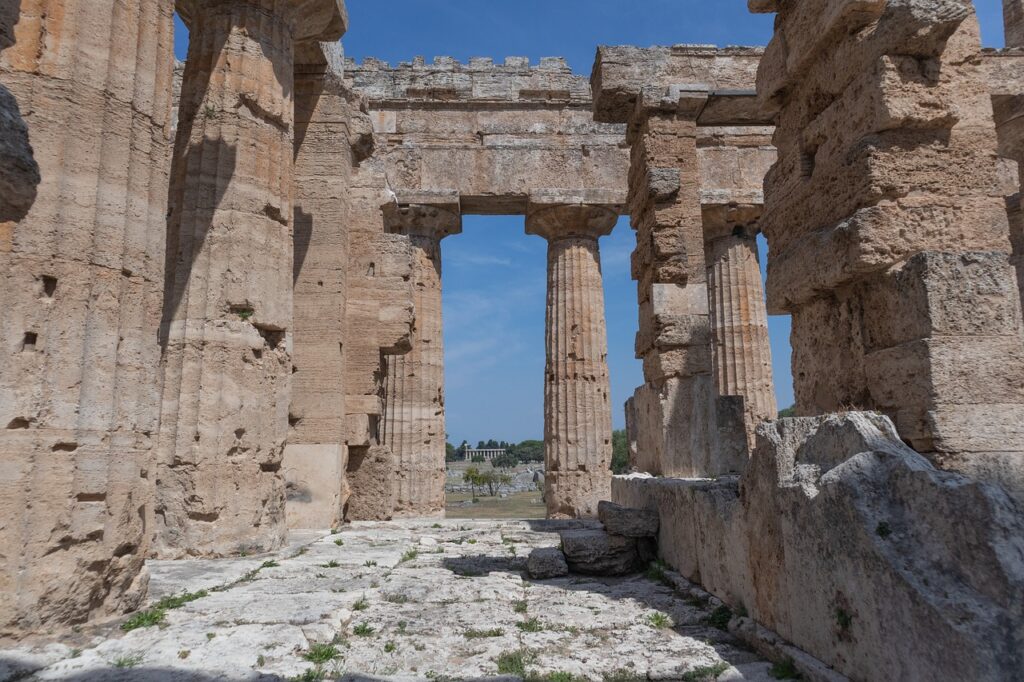
Conclusion
Paestum beckons adventurers and history enthusiasts alike to embark on an unforgettable journey into the past.
Its remarkably preserved temples, intriguing mysteries, and enchanting atmosphere make it a must-visit destination.
With each step through its ancient ruins, visitors are transported to a bygone era, where the splendor of Greek culture comes to life.
If you want to learn more about Paestum, check out this website to experience these ancient spaces in 3D: https://openpaestum.it/en/pae
If you enjoyed this article and want to check out more like it, click the following link: https://trowelandbrush.com/category/archaeology-sites/


